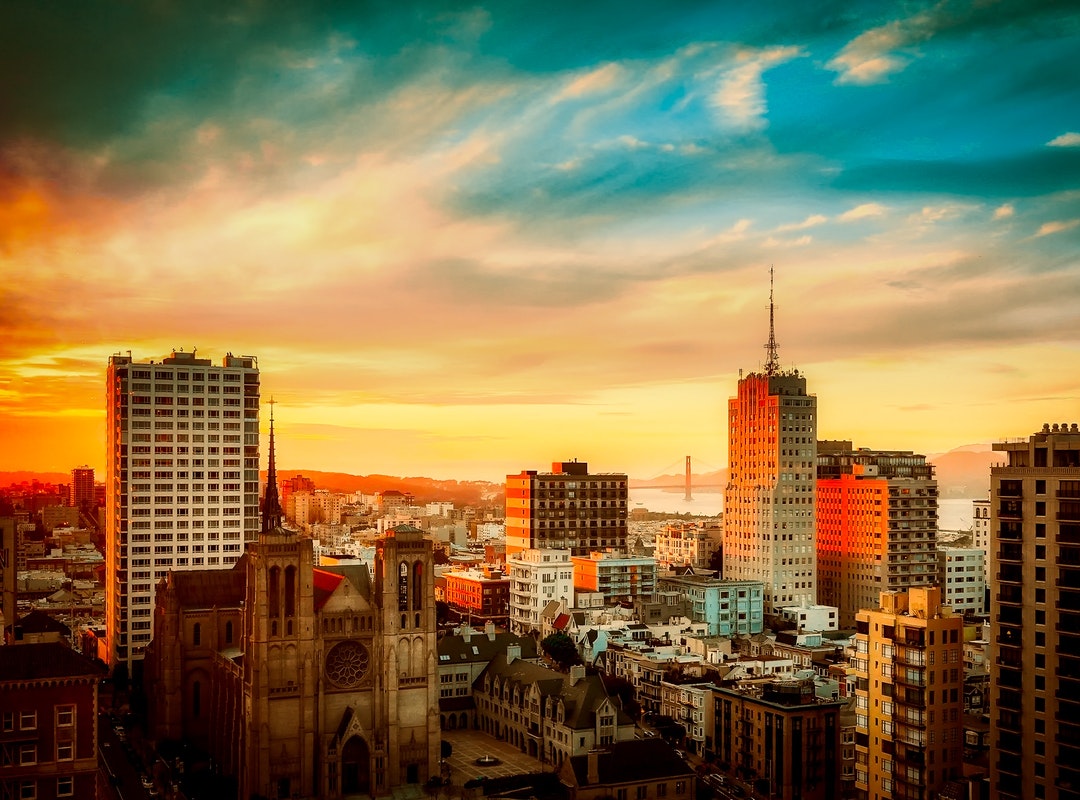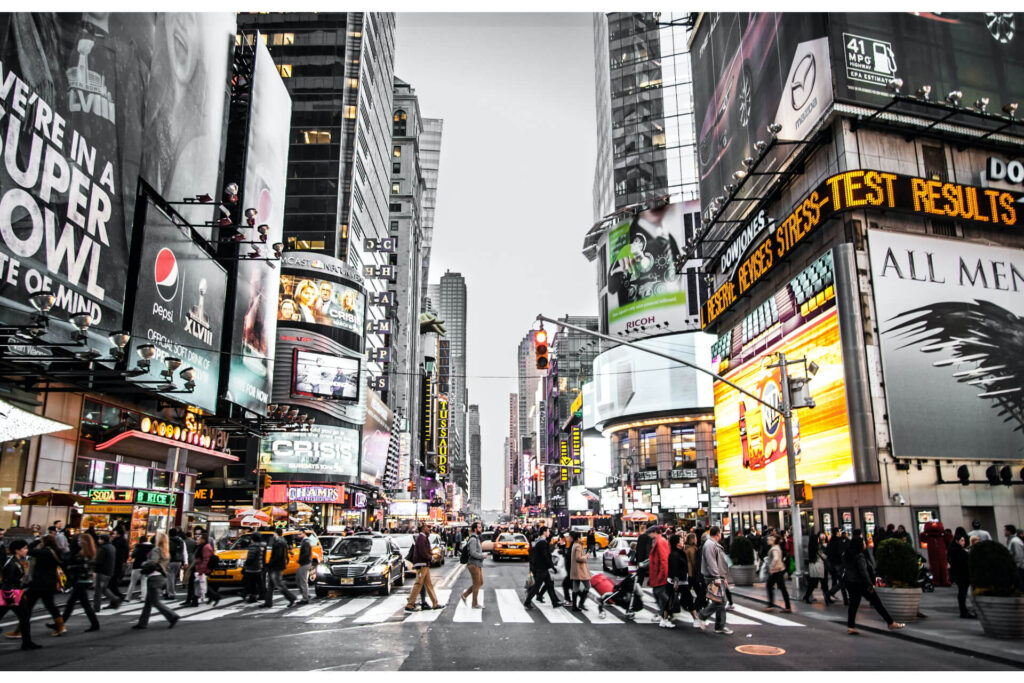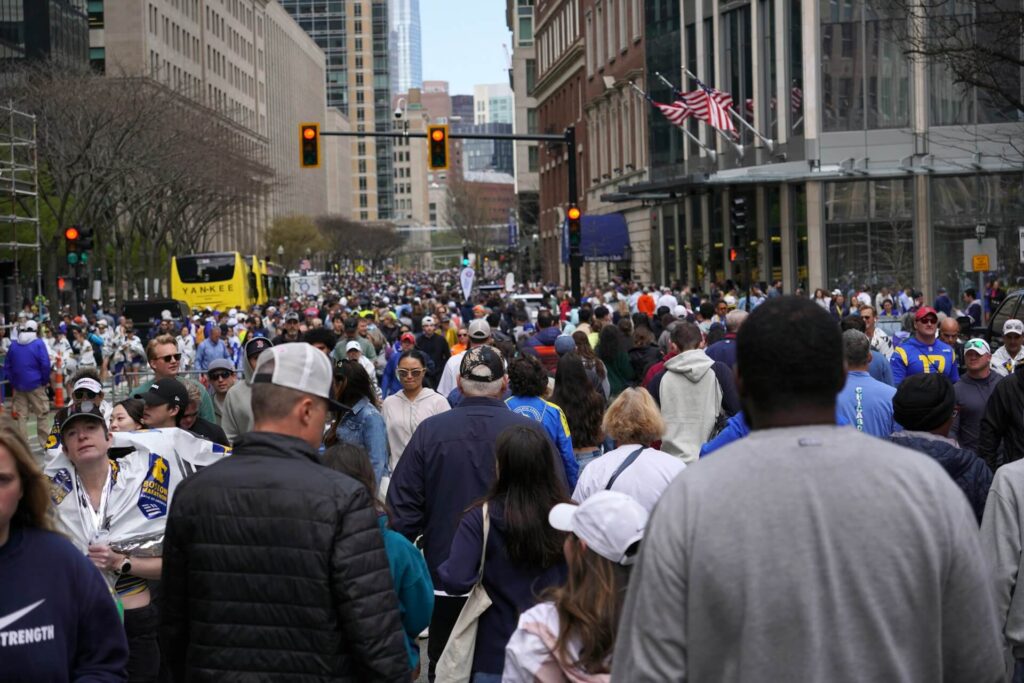
We are reader-supported. When you buy through links on our site, we may earn an affiliate commission.
City life is often romanticized. Books, television and movies have presented it as bursting from the seams with adventure, culture and a wealth of possibilities. Making it big in the big city has been a mantra for young people for decades, and not without good reason. But realistically, not everyone is going to enjoy the hustle and bustle of an urban environment. How do you decide whether you should be living in a big city?
It’s time to step back and take a careful look at your options. Like everything else, there are several advantages and disadvantages of living in a big city. Some are logistical, like expenses and housing. Others are deeply personal — family connections, job opportunities, sports teams, the list goes on.
If you’re considering a move to a big city, we’ll walk you through some things you should know as you move forward.
Advantages of Living in the City
Major metro areas are popular among millennials for a reason. Many of them have their heart set on city living after graduation, and it’s not hard to see why. When you’re ready to enter adulthood headfirst, here are a few advantages to living in a big city:
1. Entertainment Options
You never have a shortage of things to see and do when you move to a major metro area. Regardless of your preferences, you’ll find places that appeal to your interests, filled with like-minded people who share them. Whether you’re into loud clubs or quiet bookstores, you’ll find both in abundance.
Some places to visit are museums, theaters, historical sites, beaches, hiking and nature trails. Whether you’re an outdoor or indoor person, there’s an activity for everyone.

While suburban and rural areas have their own social and cultural amenities, they aren’t on the same scale as you’ll come across in the city. You’re also far more likely to see your favorite musical artists in major metros, as they have less incentive to visit small towns. If you’re looking for entertainment and cultural enrichment, cities are often ideal.
Furthermore, larger cities hold more communities and clubs that can help you connect with fellow residents. If you’re trying to make friends, it’s only a matter of narrowing down your interests and getting involved in activities full of other passionate people. In a small town, it’s far more unlikely you’ll be able to connect with friends who share a love for niche hobbies and events.
2. Career Opportunities
One of the biggest reasons graduates move to cities is career advancement. You’ll find more opportunities in the city, and a greater variety of opportunities as well. Whatever you studied, you’re likely to find a position where your education is relevant. Several cities have growing job markets that are expected to provide employment growth. These are Myrtle Beach, Charleston, Naples, and Wilmington, to name a few.
Established urban centers like LA and NYC are still viable, but other cities are becoming more attractive for young entrepreneurs. Job growth in the biggest cities has been slower than usual because the COVID-19 pandemic hit them the hardest and it’s predicted to remain slow until 2028. However, there still remains a combination of educational, economic and environmental factors that make big cities the best places to find new employment.

Furthermore, living in a big city is the only way for some people to advance their careers. For example, technology-oriented roles are packed into urban centers like San Francisco, New York and Seattle. Major business and financial centers tend to set up shop here, too. These career paths require young professionals to relocate to cities where more job positions can be found.
3. Public Transportation
The costs of owning a car can add up quickly. You have to account for car payments, insurance, registration fees and other expenses. When you work an entry-level position at a company early in your career, you can’t always justify that kind of investment. Even if you find a reasonably used car, one major repair can throw off your saving goals for the month.

Fortunately, you have a range of options for public transportation when you live in a major metro area. The subway provides a relatively fast, convenient way to get from place to place, avoiding traffic. Plus, you might be able to focus on a book rather than keeping your eyes on the road — as long as the noise isn’t too distracting.
If you’re eco-friendly, public transport may be a good way for you to contribute to saving the environment. Public transport is more energy-efficient than traveling alone. This reduces the carbon footprint. It also reduces the number of vehicles on the road, which can decrease traffic. Of course, not every American city is well-equipped for public transportation. If you’re wondering whether your favorite hotspot has a reliable system, look at the best cities that support public transport in the U.S. If buses and subways are well-organized and frequently used, then it’s a safe bet to ditch your car before you move.
Disadvantages of Living in a City
While metro areas have their appeal, you’ll find the issue isn’t as one-sided as some might think. Urban living is great, with entertainment options, career opportunities and public transportation, but just like everything else, it has its downsides. Between traffic, crowding and higher expenses, life in a big city might just not be for you. What should you know before you start packing your things to move?
1. Higher Cost of Living
The cost of living is higher in the city than in suburban or rural areas. While there may be more job opportunities in the city, the cost of rent, food and entertainment will eliminate much of your monthly earnings. It’s typically cheaper to live in the suburbs rather than a downtown apartment. However, renting vs buying is a huge decision to make. If you’re spending more income on housing year-to-year, then you might have to put off any plans for property while living in the big city.
The median rent is about $1,406, and the median mortgage payment is $1,904. The most affordable areas to live in are Eastern Virginia, South and North Dakota, and Kentucky.
As a general rule, the biggest cities have the highest costs of living in the United States, like Los Angeles, New York City, Miami, Denver and others. This also means you’re more likely to be sharing life with a roommate to pay a reasonable rent. It’s increasingly difficult to find an affordable apartment in the biggest cities. If you’re looking to live alone, then you may want to seriously rethink moving to the city — unless you can afford it.
More than this, you have other life expenses you need to consider when making the move to a major metro area. Dining, groceries and entertainment are usually more expensive in the city, and you might find yourself spending more than you’d like for a night out. While you have more options — an attractive advantage of city living — these options come at a price that some people would rather not pay.
There are also hidden costs, like security deposits, broker fees, laundry services, parking fees — if you have a car and more. In some competitive markets like New York, some landlords require a broker who may charge one or two months’ rent as a fee. Rental applications may include credit checks and these fees are non-refundable. Several rentals don’t include appliances, so you’d have to factor those costs into your budget.
2. Less Personal Space
If you value having lots of personal space, cities might not seem so appealing. The close quarters of subway cars and sidewalks aren’t for everyone, and it’s a significant change from life in a small town. In the city, there are more people, which means there’s an increased chance of noisy neighbors. There are over 287 million people living in urban areas. That’s about 82.76% of the population. Due to financial constraints, you may find a roommate, which makes alone time rare and could even cause you to keep most of your clothes in suitcases because of space limitations.
When you weigh your options, consider whether you can handle walking among massive crowds of people or living in a small studio apartment.

You might not feel that way at all, and this “disadvantage” wouldn’t even occur to you if it weren’t on this list. On the other hand, the thought of people crowding you whenever you step out of your front door could make you uncomfortable. If this is the case, you should reconsider making the move to a city. You might be happier in a quiet environment, where loud neighbors are less of a potential nuisance.
3. Large Population
The large population of major metro areas can create other unforeseen challenges in your daily life. You’ll find it far more difficult to find a parking space if you drive, and once you arrive at your destination, you’re still not in the clear. You might have to push through a crowd, wait longer for a table at restaurants or linger in a line.
Traffic is another important consideration. Country living often means empty roads and direct routes to the grocery store. While living in a big city, you’ll either be taking public transportation or careening down a highway in rush hour to pick up a few necessities. More people can mean more excitement, but this level of energy can be exhausting when you’re on the road.

It’s worth noting that populations in large urban areas saw a substantial decrease during the pandemic, but this decline has slowed or reversed in most cases. Big cities are still packed with people and will continue to grow. Something that shouldn’t challenge you in a small town could extend into an hour-long ordeal. As we’ve stated, big-city living is convenient in many ways and inconvenient in others.
4. Fast-Paced Environment
Living life on the fast track can be thrilling. But it’s also more likely to lead to burnout. Culture depends on the city’s regional character, of course, but for the most part, city dwellers have a lot more on their plates. Detroit and Cleveland are the most stressed-out cities in the U.S., and the gloomy yet fast-paced environment has a lot to do with it.
Consider whether you feel up to longer work hours, longer bus rides and an urge to hustle just to stay ahead. In a small town, it’s less common to compete for jobs with late-night expectations, and commutes are often a 10-minute drive. There’s nothing wrong with being sensitive to stress, and the magic of living in a big city will be lost on you if you end up frazzled by your day-to-day life.
There’s also an increased risk of mental health disorders from working in a fast-paced environment. The design of the urban landscape can affect your mental health and cause depression. Urban design can increase wellness strain. So, if you’re not a fan of loud noises and a busy environment, take this fact into consideration for your well-being.
Pros and Cons of Living in the City
| Pros | Cons | |
| Public Transportation | • It’s Eco-friendly. • You save on parking fees. • You can catch up on work while being transported. | • It’s noisy. • You have to travel according to the set times. • It’s not always reliable. |
| Living Arrangements | • Your roommate could become a friend for life. • It’s more affordable to share. | • There is less space because you have a roommate. • Less privacy in a shared room. • It’s more expensive if you live alone. |
| Large Population | • Better social life. • Better entertainment options. | • Parking spots are harder to find. • Waiting time in public spaces increases. |
Should You Be Living in a Big City?
Living in a big city isn’t all about glitz and glam. It’s an experience some people couldn’t imagine living without, but it repels others. Often, it’s a subject that people in your life will have strong opinions about, and it can be hard to cut through the noise.
In the end, there’s no right or wrong answer when it comes to your lifestyle. If living in the city has advantages you’re drawn to, then it’s worth overcoming some of the obstacles you might be dealing with.
And if suburban or rural life provides the stability and peace of mind you crave, then there’s nothing wrong with avoiding the crowds. Living in a big city has pluses and minuses, and hopefully, we’ve helped you figure out which approach works best for you.
Original Publish Date 7/31/2023 — Updated 5/23/2025








